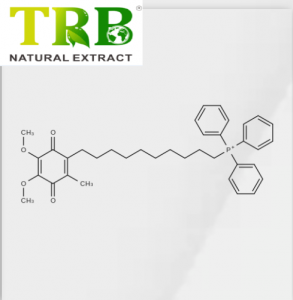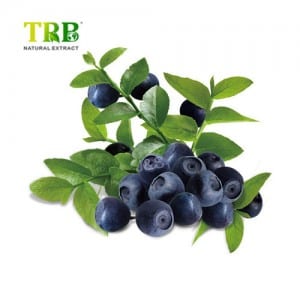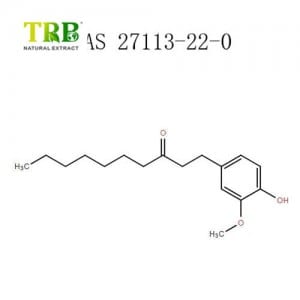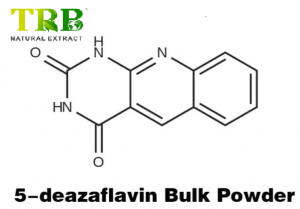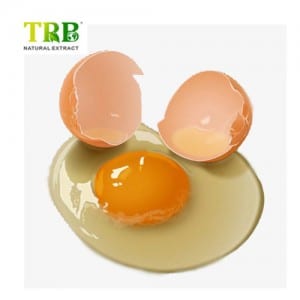Nervonic Acid Product Description
Product Name: Nervonic Acid (CAS: 506-37-6)
Synonyms: cis-15-Tetracosenoic acid, Selacholeic acid, FA 24:1(n-9)
Molecular Formula: C₂₄H₄₆O₂
Molecular Weight: 366.62 g/mol
Purity: ≥95% (HPLC/GC)
Appearance: White crystalline powder or flakes
Melting Point: 42–43°C
Storage Conditions: Store at -20°C in dry, airtight, light-protected containers. Shelf life: 3 years (powder), 1 year (solution) .
Key Features & Benefits
- Critical Role in Myelin Synthesis: Nervonic acid is a monounsaturated omega-9 fatty acid essential for myelination, the process of forming protective sheaths around nerve fibers. It is abundant in sphingolipids of the central nervous system and has therapeutic potential for demyelinating disorders like adrenoleukodystrophy (ALD) and multiple sclerosis .
- Anti-Inflammatory Activity: Inhibits NF-κB signaling, reducing inflammation in LPS-induced RAW264.7 cells and DSS-induced colitis models .
- Neuroprotective Effects: Dietary supplementation may enhance cognitive function and repair neural pathways, particularly in Parkinson’s disease and aging-related neurodegeneration .
- Natural Sources: Extracted from Acer truncatum (Maple) seeds or found in Chinook salmon, mustard seeds, and flaxseeds, appealing to natural product enthusiasts .
Applications
- Pharmaceutical Research: Investigated for ALD therapy to reverse very long-chain fatty acid (VLCFA) accumulation and improve cellular ATP production .
- Nutraceuticals: Used in dietary supplements targeting brain health and anti-aging .
- Cosmetics: Potential ingredient in skincare formulations due to lipid-replenishing properties.
Product Specifications
- Available Packaging: 10 mg, 25 mg, 50 mg, 100 mg, 500 mg, 1 g, 2 g (customizable) .
- Purity Options: GC≥98% or HPLC≥95% .
- Safety Data: Refer to MSDS for handling guidelines. LD₅₀ >10 g/kg (low acute toxicity) .
Research Support
- Clinical Relevance: Demonstrated efficacy in reducing oxidative stress and improving myelination in preclinical models .
- Mechanistic Insights: Binds to DNA polymerase β and HIV-1 reverse transcriptase, suggesting broader therapeutic applications .
Why Choose Our Nervonic Acid?
- High Purity: Rigorous quality control ensures ≥95% purity for research and industrial use .
- Flexible Sourcing: Available in plant-derived (Acer truncatum) or synthetic forms to meet diverse needs .
- Global Compliance: Meets ISO standards and regulatory requirements for safe handling and transport


